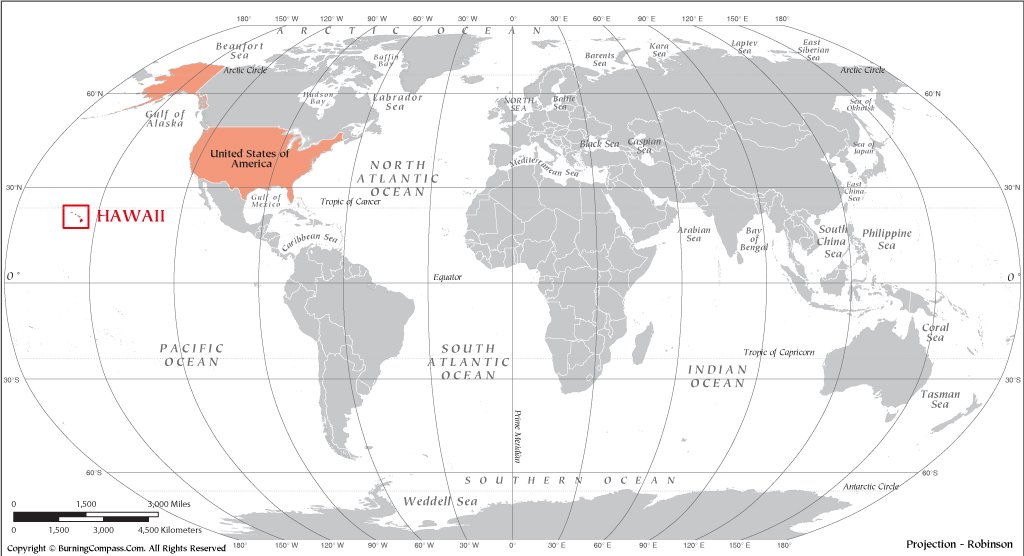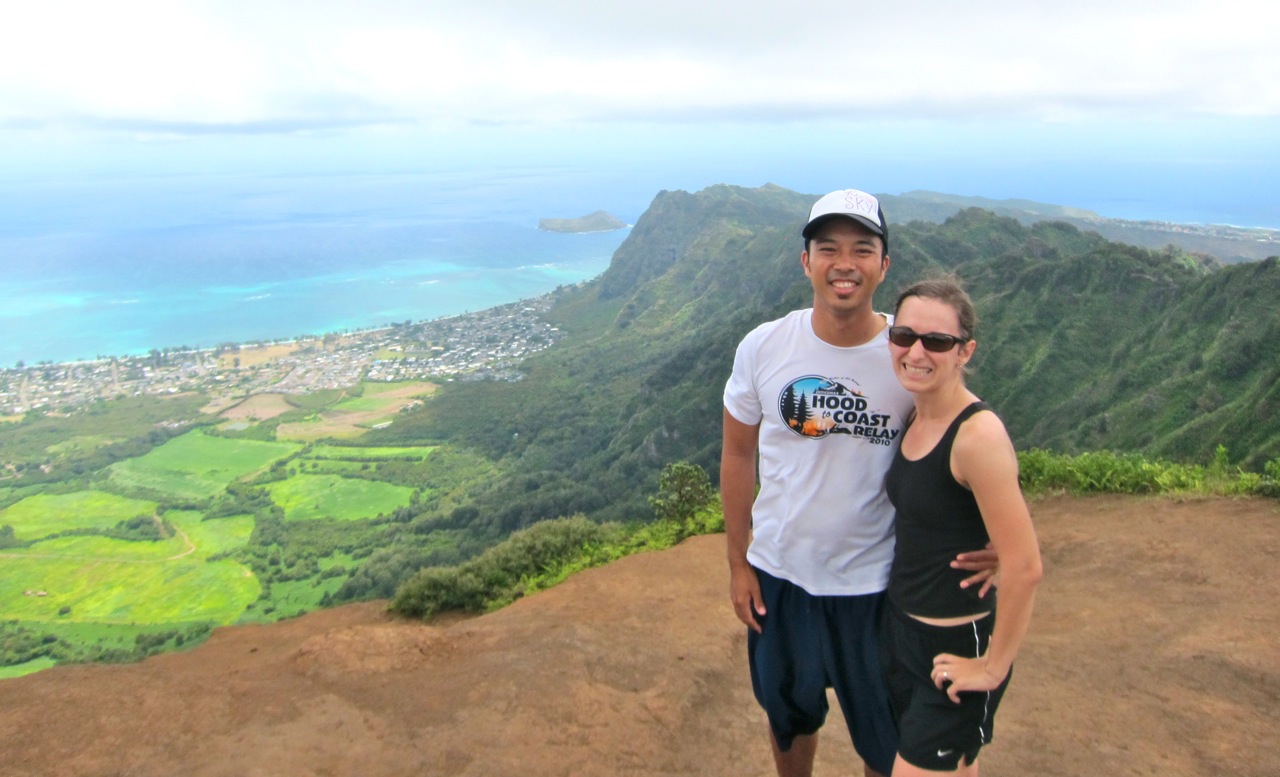When you think of Hawaii, you might picture beautiful beaches, lush mountains, and vibrant cultures. But have you ever looked at a Hawaii world map? It’s fascinating to see where these islands are located in relation to the rest of the world. In this article, we will explore the geography of Hawaii, its islands, and why it holds such an important place on the global map. Whether you are a travel enthusiast, a geography buff, or just curious about this beautiful destination, you’ll find plenty of interesting facts and insights about Hawaii.
Understanding the Geography of Hawaii
Hawaii is an archipelago located in the central Pacific Ocean. It consists of 137 islands, but the eight main islands are the ones that most people are familiar with. These eight islands are:
- Hawaii (Big Island)
- Maui
- Oahu
- Kauai
- Molokai
- Lanai
- Niihau
- Kahoolawe
When looking at a Hawaii world map, you will see that the islands are spread out over a vast area of ocean, making them quite isolated from the mainland of the United States. The closest major landmass to Hawaii is California, which is about 2,400 miles away! This distance gives Hawaii its unique culture and environment, making it distinct from other U.S. states.
The Eight Main Islands of Hawaii
Hawaii (Big Island)
The Big Island, officially named Hawaii, is the largest of the Hawaiian Islands. It is home to Mauna Kea, which is the tallest mountain in the world when measured from its base on the ocean floor. The Big Island also features active volcanoes, such as Kilauea and Mauna Loa, which continuously shape the landscape. The diverse climate ranges from tropical rainforests to arid deserts, allowing for a rich variety of ecosystems.
Maui
Maui is known for its stunning beaches and the scenic Road to Hana, which takes visitors through breathtaking landscapes. The island is also famous for Haleakalā National Park, where you can witness spectacular sunrises and sunsets from the summit of a dormant volcano. Maui is often referred to as “The Valley Isle” due to its unique geography, featuring lush valleys between its two volcanic mountains.
Oahu
Oahu is the most populated island in Hawaii and is home to the state capital, Honolulu. It features iconic landmarks such as Diamond Head and Pearl Harbor. Oahu is also known for its vibrant nightlife, world-class surfing, and rich history. The island offers a mix of urban and natural attractions, making it a popular destination for tourists.
Kauai
Kauai is often called “The Garden Isle” because of its lush greenery and stunning natural beauty. It is the oldest of the main Hawaiian Islands, with dramatic cliffs, deep canyons, and beautiful waterfalls. The Na Pali Coast is one of Kauai’s most famous attractions, known for its rugged cliffs and breathtaking views.
Molokai
Molokai is known for its rich Hawaiian culture and history. The island is less commercialized than others and offers a glimpse into traditional Hawaiian life. It is home to Kalaupapa National Historical Park, which preserves the history of the leprosy settlement established in the 19th century.
Lanai
Lanai is a small island known for its luxury resorts and pristine beaches. It was once a pineapple plantation and still retains a charming, rural atmosphere. Visitors can explore the unique landscapes, including the impressive sea cliffs at Munro Trail and the eerie rock formations of the Garden of the Gods.
Niihau
Niihau is a privately owned island, often referred to as the “Forbidden Island.” Access is limited, and only a small number of residents live there. The island is known for its traditional Hawaiian lifestyle and unique wildlife. Visitors typically can only reach Niihau through guided tours.
Kahoolawe
Kahoolawe is uninhabited and was used as a military training ground for many years. The island is currently undergoing restoration efforts to return it to its natural state. While it is not open for public use, it holds historical and cultural significance for the Hawaiian people.
Importance of Hawaii on the World Map
Hawaii’s location makes it a strategic point in the Pacific Ocean. It serves as a bridge between the United States and Asia, making it a vital location for military and commercial activities.
Hawaii is also significant in terms of biodiversity. The islands are home to many unique species of plants and animals found nowhere else on Earth. This biodiversity makes Hawaii an important area for conservation and environmental research.
In addition, Hawaii plays a crucial role in cultural exchange. The islands are a melting pot of different cultures, and their history is rich with influences from Polynesian, Asian, and European traditions. Visitors to Hawaii can experience this diverse culture through food, music, and art.
The Climate of Hawaii
Hawaii enjoys a tropical climate, which means it is warm and pleasant throughout the year. The islands experience two main seasons: the dry season (May to October) and the wet season (November to April).
Each island has its own microclimates, influenced by geography, elevation, and prevailing winds. For example, the eastern side of the Big Island receives significant rainfall, while the western side is much drier. This variation in climate allows for a rich diversity of ecosystems, from rainforests to deserts.
The warm temperatures and abundant sunshine make Hawaii an attractive destination for tourists, contributing to its reputation as a paradise for outdoor activities.
Map Reading Skills for Hawaii
When looking at a Hawaii world map, it’s essential to know how to read it. Here are some key features to help you understand the map better:
Scale
The scale of the map shows the relationship between distance on the map and actual distance on the ground. Understanding the scale helps you gauge how far apart the islands are and how long it might take to travel between them.
Symbols
Maps use symbols to represent different features, such as roads, parks, and landmarks. Familiarizing yourself with these symbols can help you navigate the islands more effectively.
Latitude and Longitude
The latitude and longitude lines on the map help you pinpoint exact locations. Hawaii is located between approximately 18° to 21° N latitude and 154° to 160° W longitude.
Topography
A topographic map shows the physical features of the land, such as mountains, valleys, and beaches. Understanding the topography of Hawaii can enhance your appreciation of its diverse landscapes. You can also read this : Hiking to Paradise The Best Waterfalls in Hawaii
Traveling in Hawaii
When visiting Hawaii, it’s essential to know how to get around. Each island has its own unique transportation options, making it easier to explore.
Air Travel
Most visitors arrive in Hawaii by air, as it is the most efficient way to reach the islands. There are major airports on Oahu, Maui, the Big Island, and Kauai. Inter-island flights are available for those wishing to explore multiple islands.
Car Rentals
Renting a car is a popular option for getting around the islands. It allows visitors to explore at their own pace and access remote areas that public transportation may not reach. It’s essential to book a rental car in advance, especially during peak travel seasons.
Public Transportation
Each island has its own public transportation system, which can be a budget-friendly option for getting around. For example, Oahu has TheBus, a reliable service that connects various attractions and neighborhoods.
Biking and Walking
Many areas in Hawaii are bike-friendly, and renting a bicycle can be a fun way to explore the islands. Walking is also a great option, especially in beach towns and urban areas.
FAQs About Hawaii
Why is Hawaii considered an isolated island chain?
Hawaii is considered isolated because it is located over 2,000 miles from the nearest landmass, California. This distance means that the islands have developed unique ecosystems and cultures that are distinct from the mainland.
What is the best time to visit Hawaii?
The best time to visit Hawaii is during the dry season, from May to October. However, this is also the peak tourist season. If you prefer fewer crowds, consider visiting during the wet season, when prices may be lower and the scenery is lush and green.
Are there any unique animals in Hawaii?
Yes, Hawaii is home to many unique species, including the Hawaiian monk seal and the nene goose, which is the state bird. The islands also feature a variety of native plants, such as the hibiscus and the koa tree.
What activities can I do in Hawaii?
Hawaii offers a wide range of activities, including hiking, snorkeling, surfing, and exploring cultural sites. Each island has its own unique attractions, so there’s something for everyone.
How do I learn more about Hawaiian culture?
You can learn about Hawaiian culture through various means, including visiting museums, attending cultural festivals, and participating in traditional ceremonies. Engaging with local communities can also provide valuable insights into Hawaiian history and traditions.
Conclusion
A Hawaii world map is more than just a tool for navigation; it offers a glimpse into the beauty, diversity, and significance of this unique archipelago. From its stunning landscapes to its rich cultural heritage, Hawaii has something to offer everyone. Understanding the geography of the islands enhances our appreciation of their natural beauty and cultural importance. Whether you’re planning a trip or simply exploring the islands from afar, Hawaii’s unique place in the world map is a reminder of the wonders that await those who visit.
For more information about Hawaii, check out Hawaiian Page.



